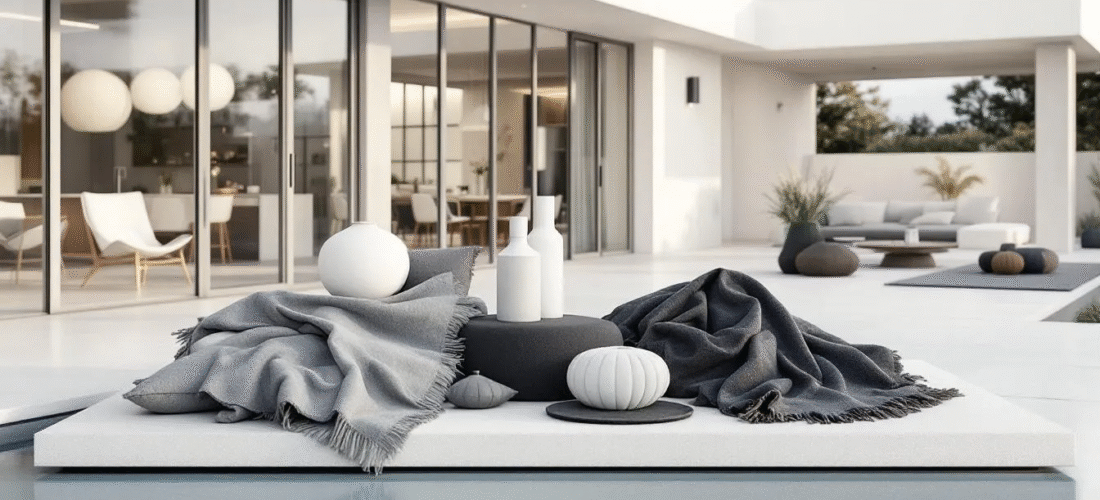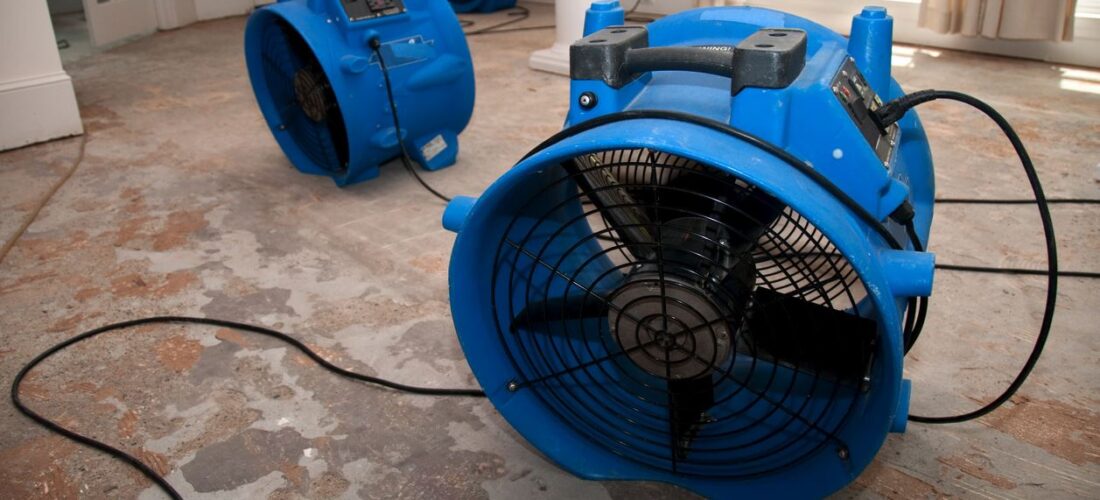Living near the coast offers a beautiful and refreshing environment where ocean breezes and scenic views become part of daily life. However, coastal living also brings unique challenges for maintaining upholstered furniture and fabrics inside the home. Sun exposure, humidity, and fine sand particles can gradually affect the appearance and condition of sofas, chairs, cushions, and drapery. This is why fabric protection becomes an important part of care for coastal interiors. With the right approach, homeowners can preserve the beauty and comfort of their furnishings even in the face of a naturally demanding climate. By applying Ultra-Guard Fabric Protection, coastal homeowners can confidently enjoy ocean breezes and open windows without worrying that sun, salt air, or sand will quickly wear down their upholstery.
How Coastal Sun Exposure Impacts Fabrics?
Coastal homes often have large windows to embrace light and ocean views. While natural light brightens rooms, constant sun exposure can fade colors and weaken fabric fibers over time. Fabrics placed near windows or in rooms where sunlight is strong may begin to lose their richness or softness. This fading happens gradually, so many homeowners do not notice until the difference becomes obvious.
Fabric protection helps reduce the effects of sun exposure by adding a layer of defense that slows down fading. It supports the fabric in maintaining color depth and texture for longer periods, allowing homeowners to enjoy bright interiors without sacrificing furniture appearance.
The Role Of Humidity In Fabric Damage
Coastal regions usually have higher humidity levels. Moisture in the air settles into fabrics easily, which can lead to musty odors, mildew, or fabric weakening if not managed. Sofas and cushions may feel slightly damp at times, and this can encourage microbial growth in the inner layers of the upholstery.
Fabric protection assists by reducing how deeply moisture can penetrate. Creating a barrier on the fabric surface makes it easier to maintain freshness and reduces the likelihood of odors becoming trapped within the fibers. This is especially valuable in homes that keep windows open to let in ocean air.
Sand And Fine Particles: A Constant Challenge
Sand is part of coastal life, and it finds its way indoors no matter how careful you are. Fine grains settle into fabric fibers and can contribute to friction damage. When people sit or move on the furniture, sand can rub against the fibers and act like a subtle abrasive. Over time, this can lead to thinning or rough patches on the upholstery surface.
With fabric protection in place, sand and dust do not cling as tightly to the material. This means regular vacuuming removes particles more effectively. When cleaning routines become easier and more successful, fabrics stay stronger and smoother for longer.
Protecting Outdoor And Indoor Furniture
Coastal homes often blend indoor and outdoor living. Outdoor lounges and patio fabrics are exposed to sunlight, salt air, and weather conditions. Indoor fabrics near patios or decks also experience frequent traffic from outdoor movement.
Fabric protection helps both indoor and outdoor fabrics maintain their quality. Outdoor cushions become less vulnerable to staining and water absorption, while indoor furniture remains shielded from sand and humidity carried in from outside.
Establishing A Fabric Care Routine
To support long-lasting upholstery in coastal homes, it helps to create simple maintenance habits alongside fabric protection.
- Vacuum upholstered furniture regularly to remove sand and airborne dust.
- Blot spills as soon as they happen instead of letting them soak in.
- Rotate seat cushions to distribute wear evenly.
- Close curtains during peak sunlight hours to reduce direct exposure.
- Keep indoor spaces well-ventilated to prevent trapped moisture.
These habits work together with fabric protection to preserve both appearance and structure.
Final Thoughts
Coastal living comes with beauty and relaxation, but it also brings challenges for maintaining fabric furnishings. Sunlight, sand, and humidity can gradually wear down upholstery if left unaddressed. Fabric protection provides a practical and effective way to combat these elements. It helps prevent fading, reduces moisture absorption, limits sand friction, and makes everyday cleaning simpler.
For homeowners who want their coastal interiors to remain comfortable, stylish, and welcoming, fabric protection is an essential part of long-term furniture care.








